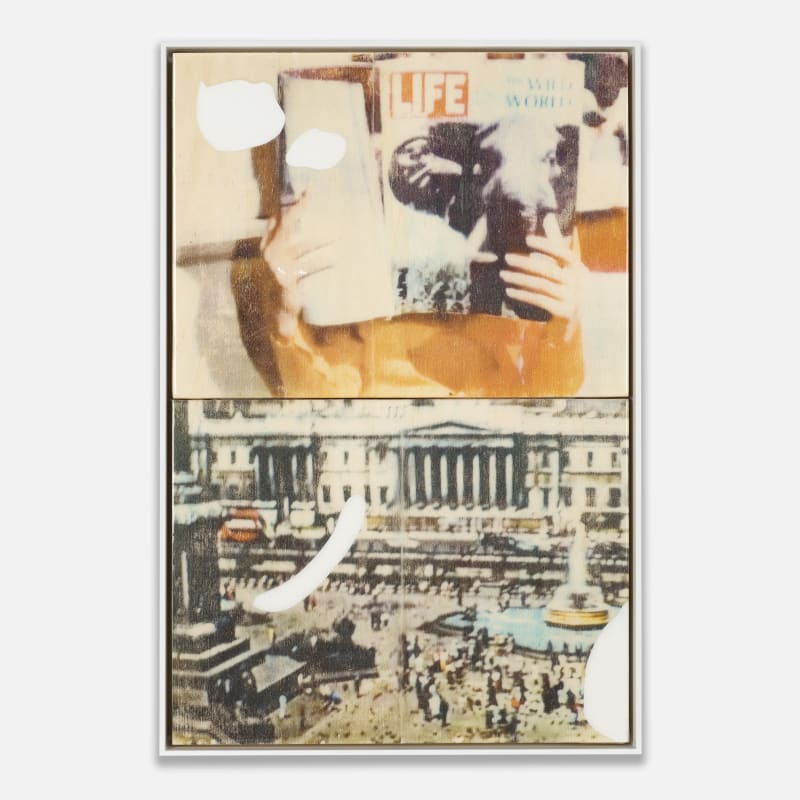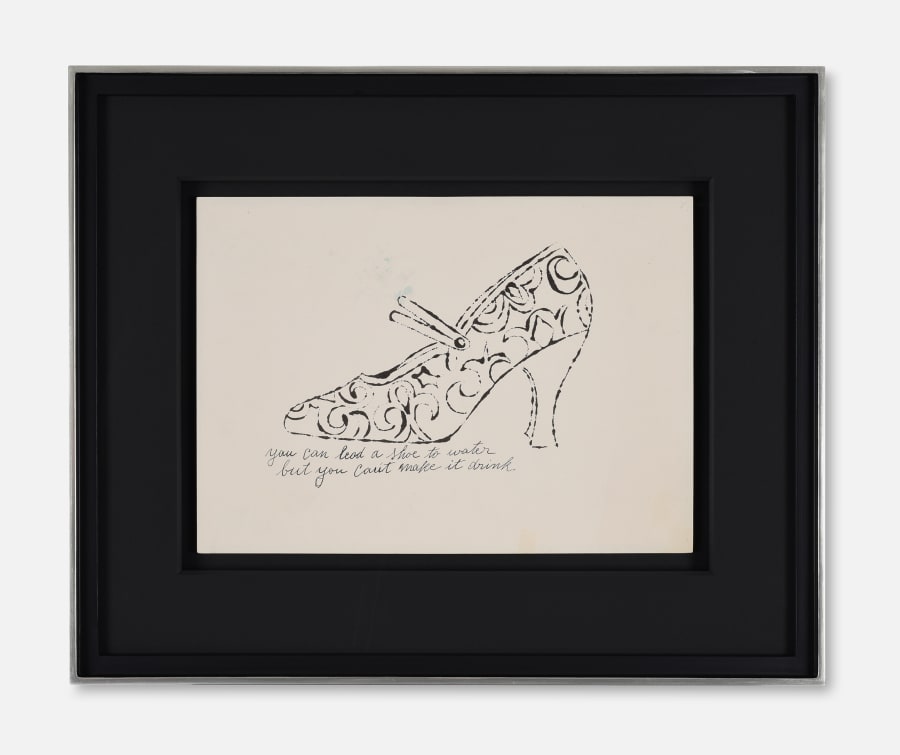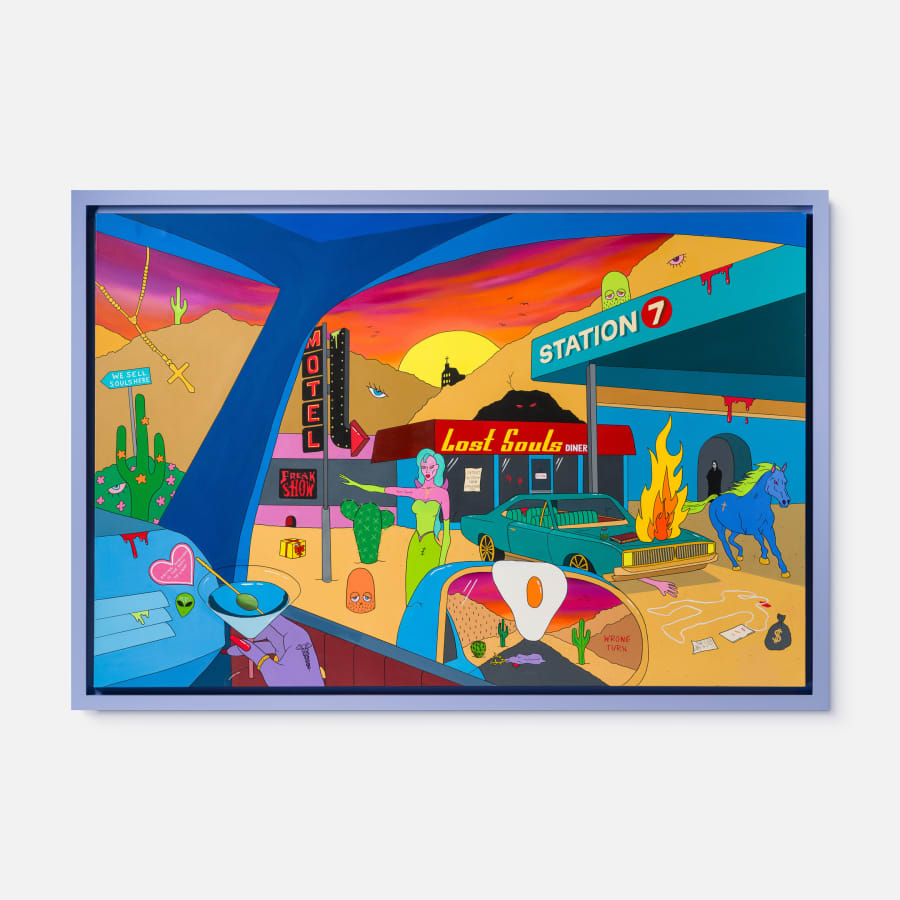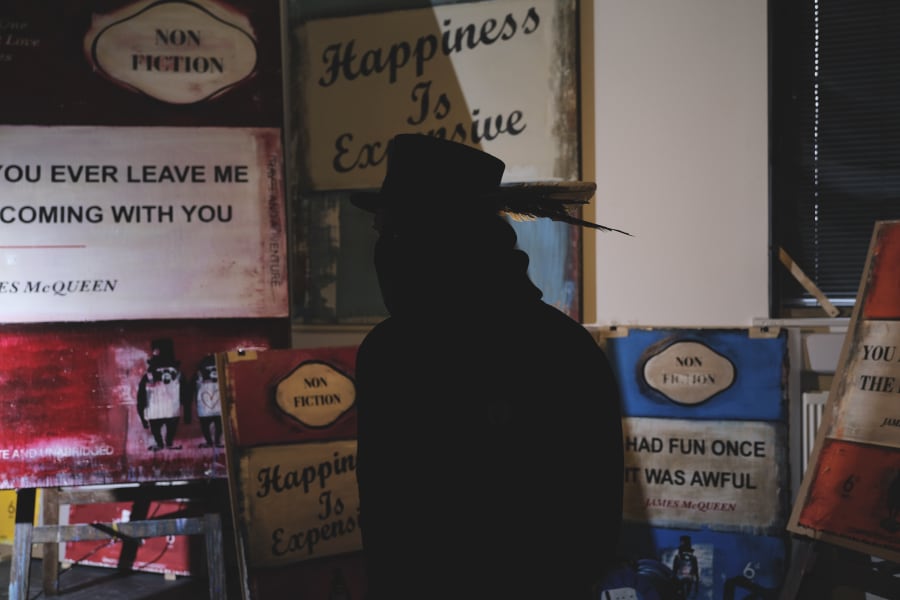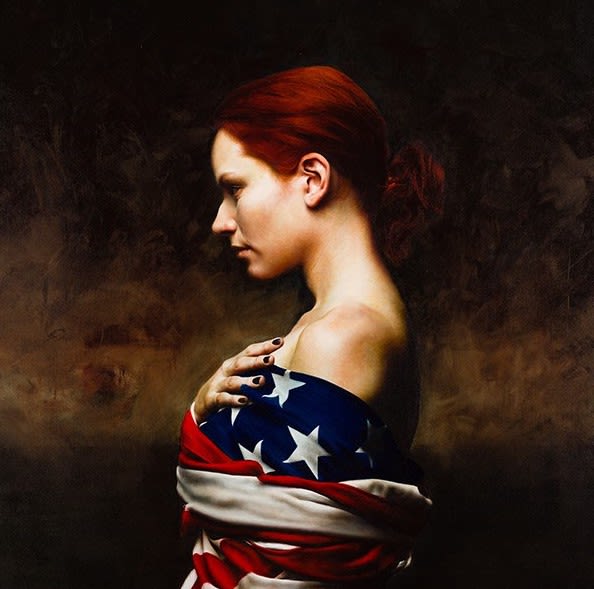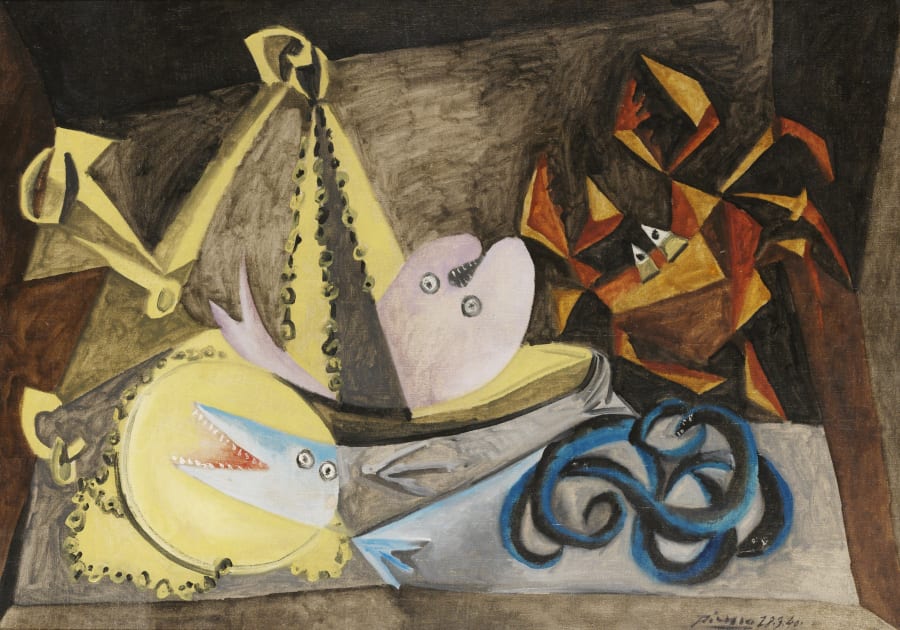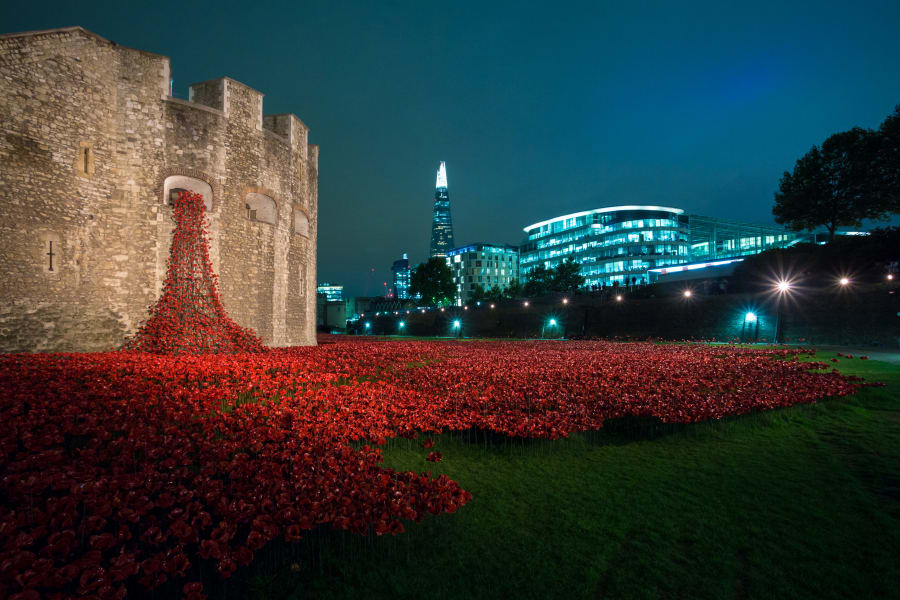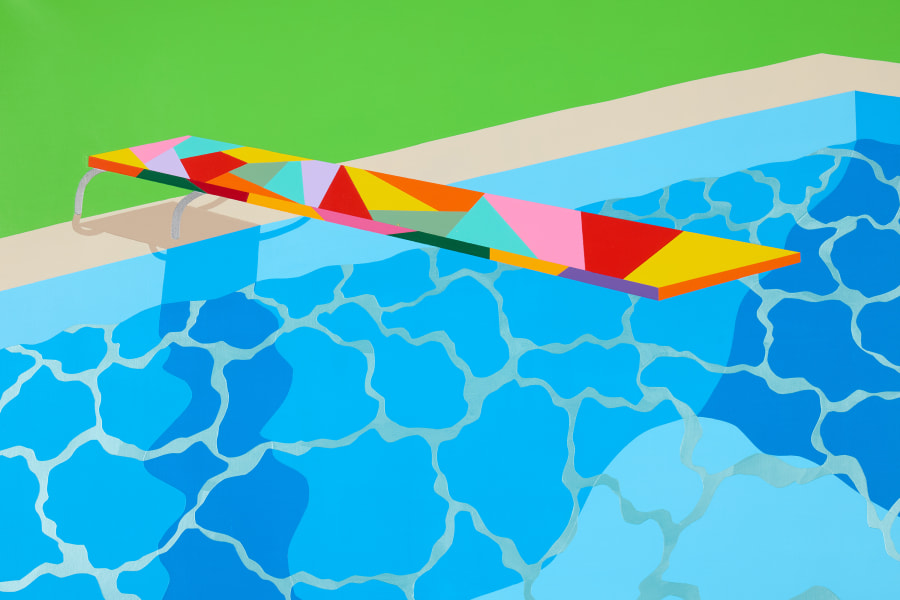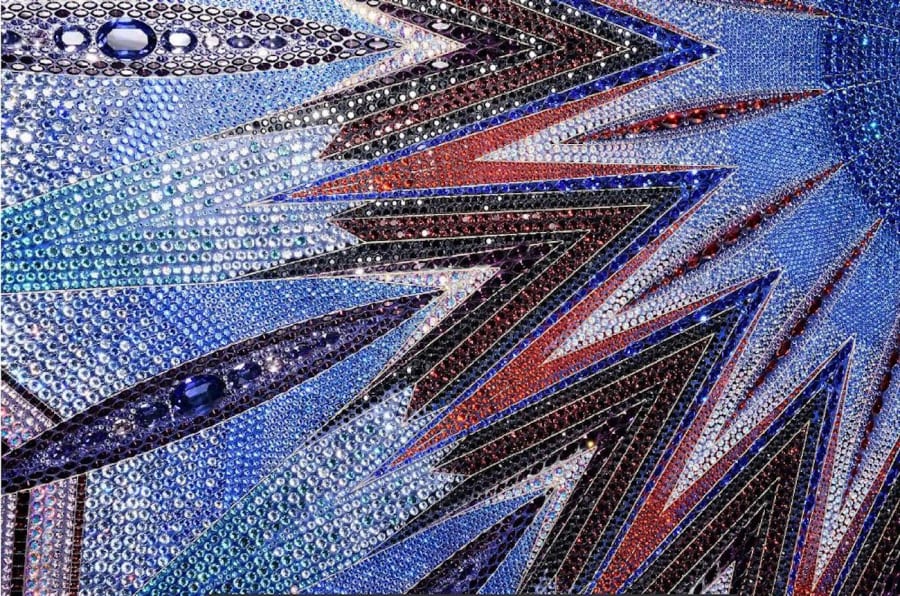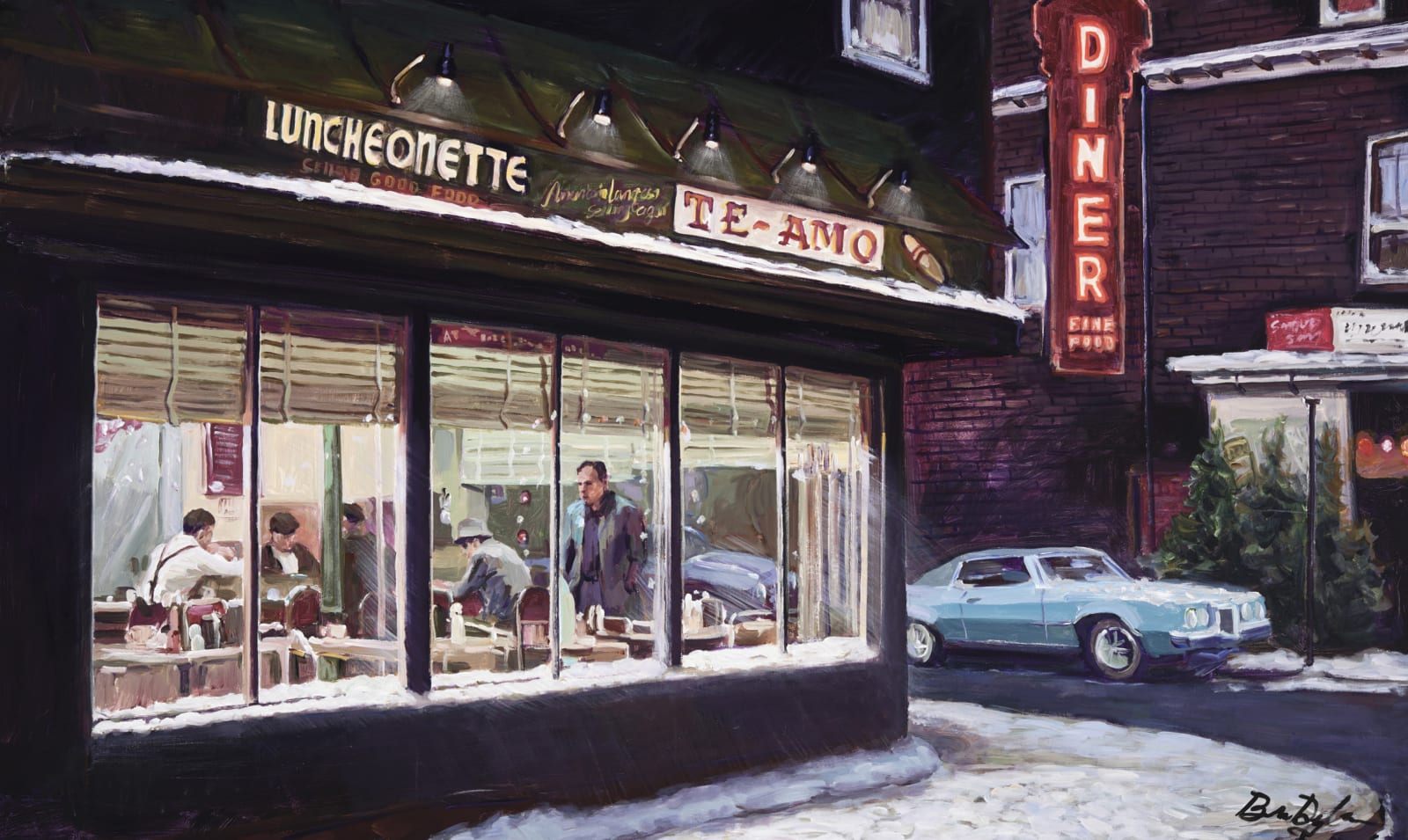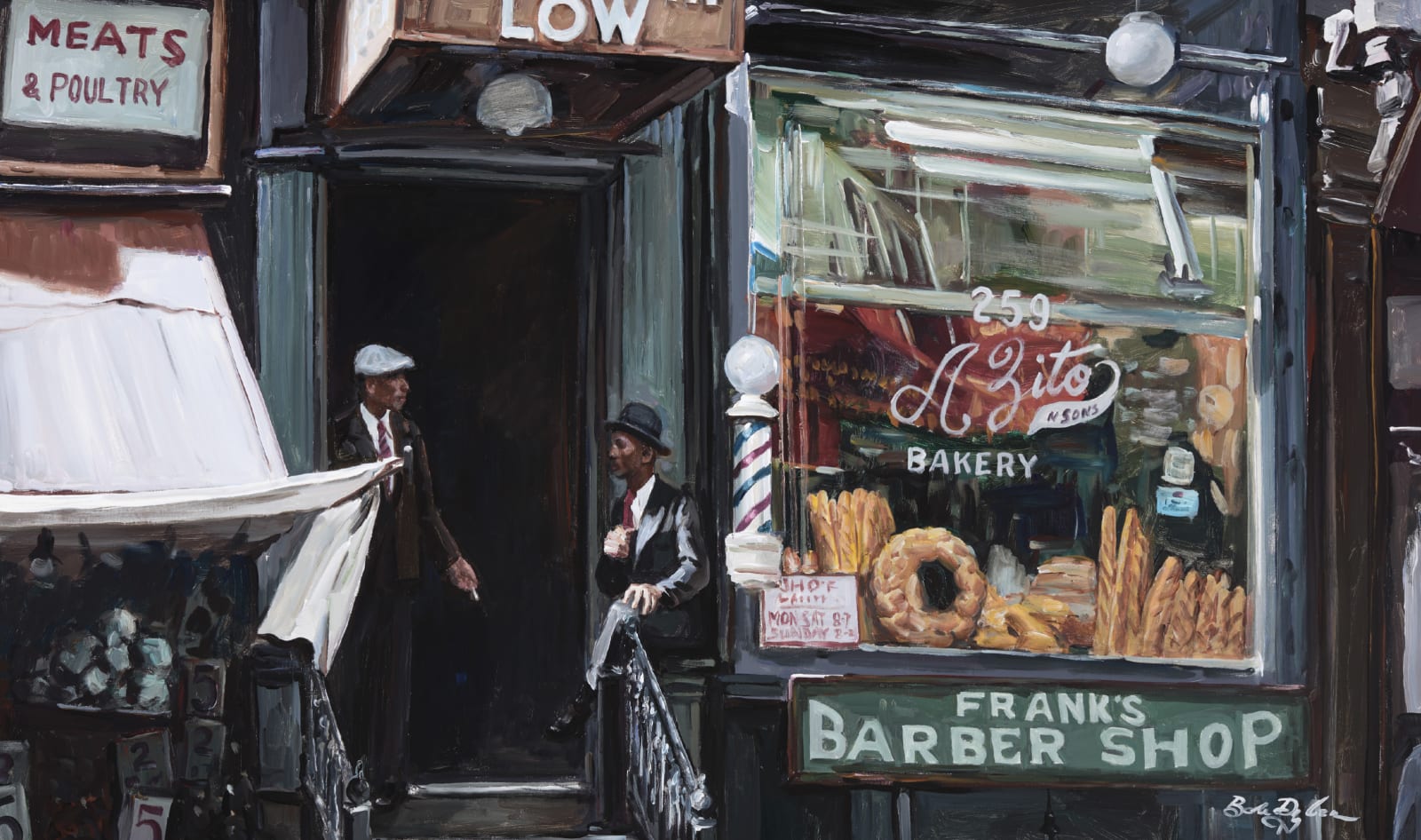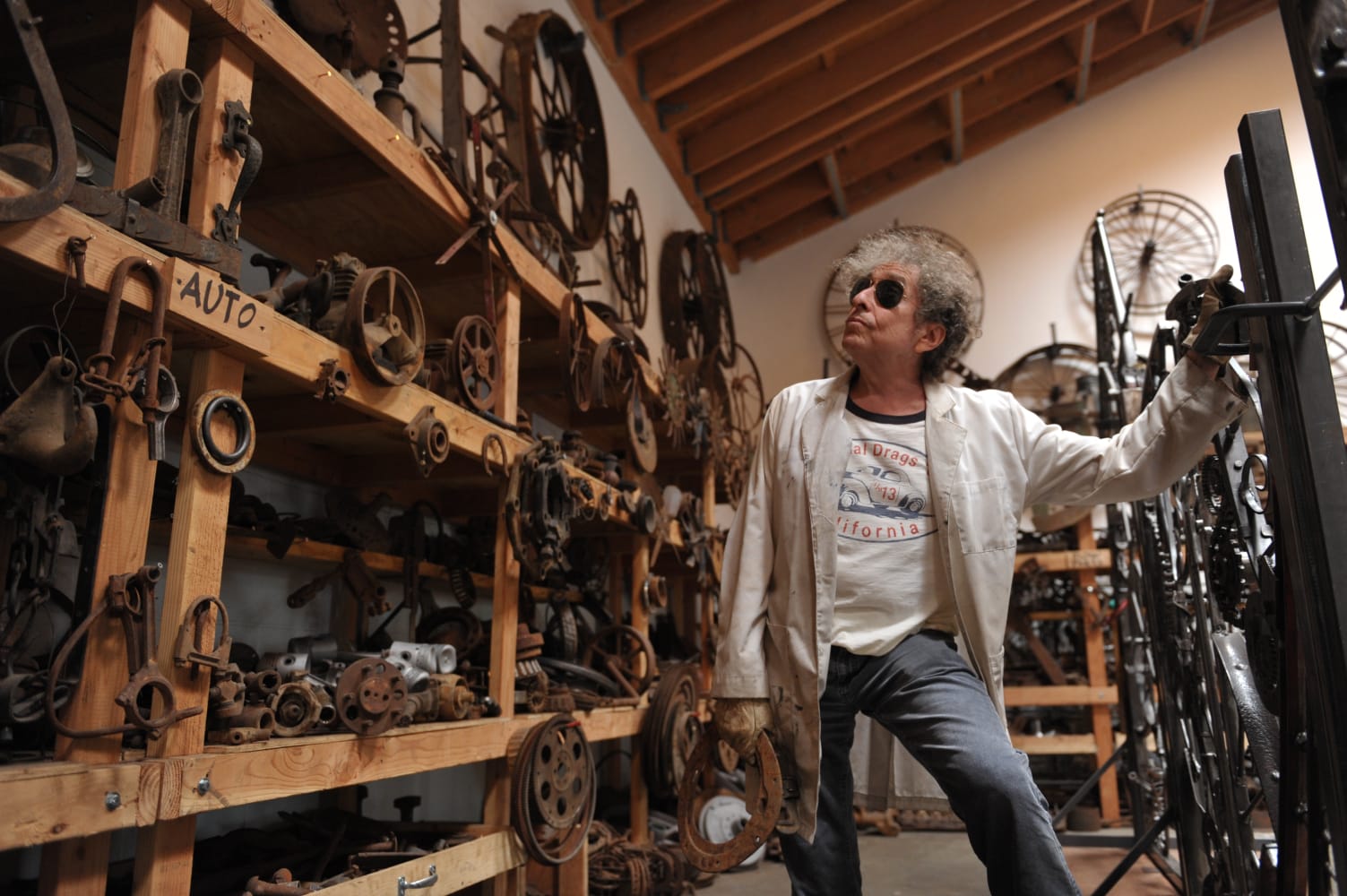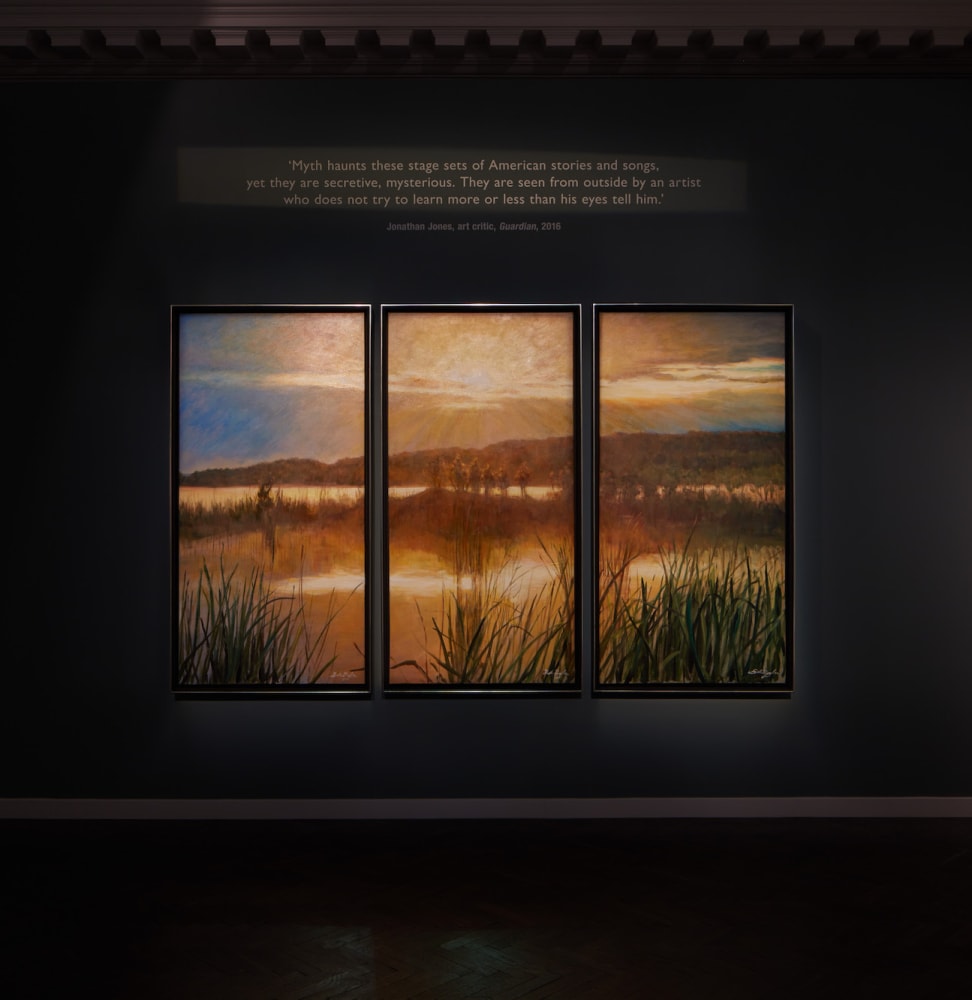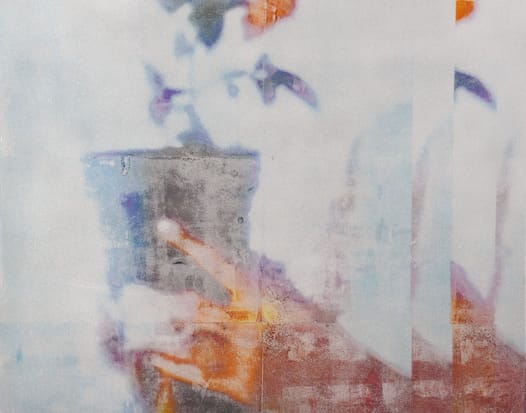

Once Upon a Dream
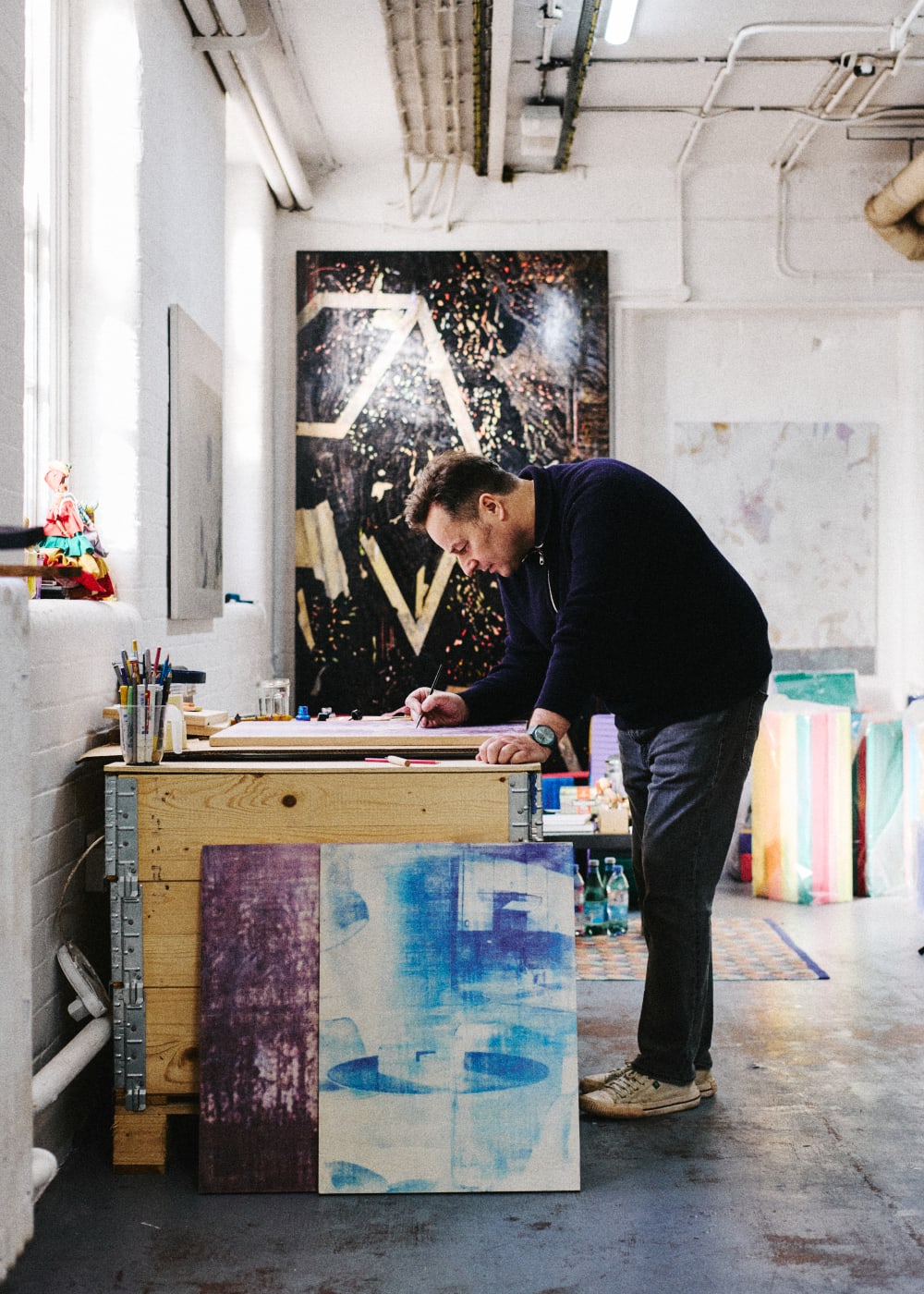
Hidden beneath the surface of Ernesto Cánovas’ paintings lie tiny secrets. On the face of things, his dreamlike prints are washes of hazy abstraction, but look closely and you’ll notice more. Between the many layers of vinyl and acrylic that have been painstakingly built up by hand, figures and objects emerge - a hand hugging a flowerpot, a slice of rainforest, or a row of books and a bookshelf and a pristinely made bed.
In fact, you can get quite lost in the details of Cánovas’ work. For his is a peculiar form of painter’s magic; images within the paintings seem to all but disappear before your eyes and then reappear, more obvious than before. It’s a mastery in ambiguity that is quite unrivalled on the contemporary-art scene.
Born in Spain in 1971, Cánovas moved to Edinburgh in 1997 for his undergraduate degree in painting at Edinburgh College of Art before completing a Master’s at the prestigious Slade School of Fine Art in London. It didn’t take long for his work to be picked up – by critics and dealers alike. In 2014, he featured in the Royal Academy of Arts Summer Exhibition, and in 2016, his paintings were exhibited at the Espronceda Institute of Art & Culture in Barcelona. Cánovas’ work also appears in a number of private collections headed up by known tastemakers, including Paul Smith Limited and the Soho House Group. And today, a selection – including pieces from ‘The Calm Before the Storm’, a series dedicated to the iconography of American cinema and pop culture – is on show at Halcyon Gallery (which has enjoyed a 10-year partnership with the artist) in its Third Floor space at Harrods.
A self-confessed collector of ‘found images’, Cánovas is known to start with a vintage postcard, photo or magazine clipping, which is then digitally enlarged, cropped out of recognition and transferred onto a base material, often wood or metal. He then works his magic by hand, layering up paint mediums, ink and varnish to add depth, to distracr or disguise what's underneath.
Influenced by the Americana greats Edward Hopper, Andy Warhol and Robert Rauschenberg, much of his oeuvre involves ambiguity and collective memory, but he also references romantic British landscape artist William Turner, as well as Japanese masters and the poetic art form of the haiku. The myriad mediums result in what are often described as ‘frozen memories’, converting the ephemeral nature of a memory or a dream into a physical manifestation between the layers and layers of paint and imagery. And through this lengthy and dedicated process, he catches something really quite special.
Selected Works
Discover artworks by Ernesto Cánovas on view now at our dedicated gallery space at Harrods, on the third floor.


